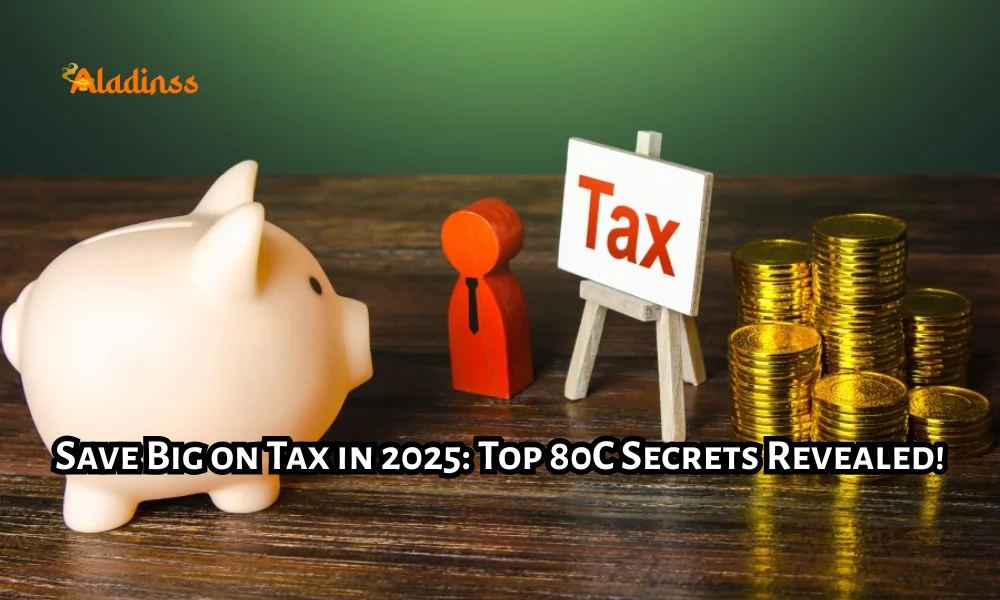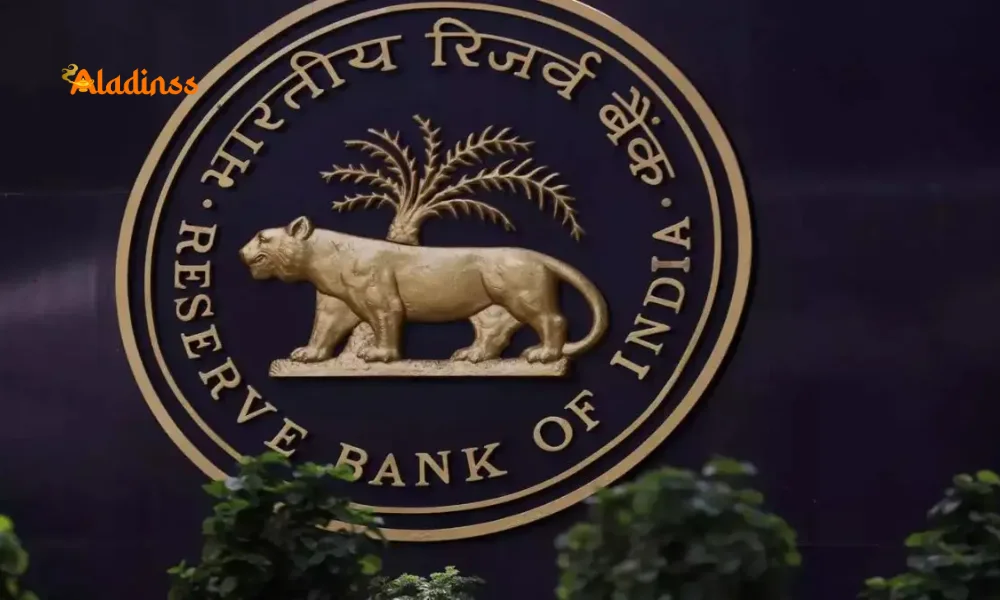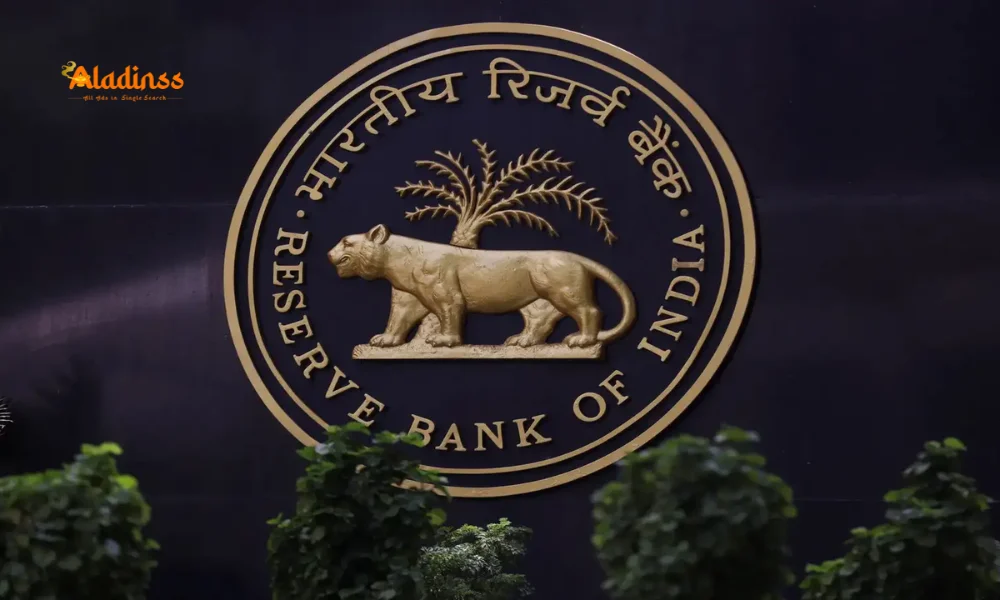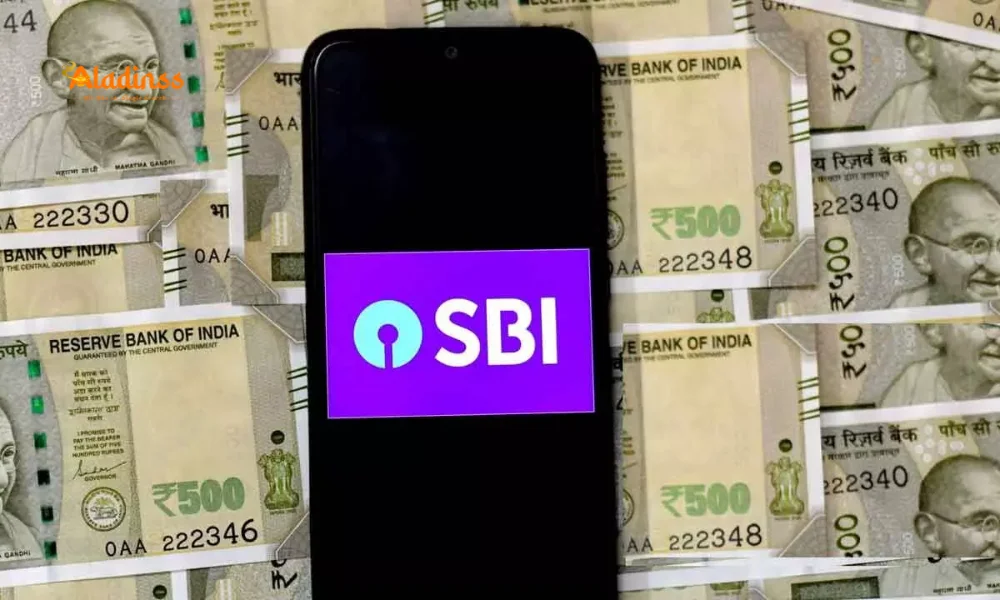Best Tax Saving Options Under Section 80C in India 2025 List

Best Tax-Saving Options Under Section 80C in India (2025 Updated List)
Saving tax legally is a smart financial move, and Section 80C of the Income Tax Act offers a deduction of up to ₹1.5 lakh annually. This 2025 updated list covers the best tax-saving options under Section 80C in India, helping salaried individuals, professionals, and business owners reduce taxable income effectively. From traditional instruments to market-linked plans, these options combine tax benefits with wealth creation.
With rising inflation and evolving tax rules, choosing the right 80C investment is crucial. Popular choices include ELSS mutual funds, PPF, NSC, and life insurance. This guide explains eligibility, lock-in periods, returns, and risks to help you pick the best fit for your goals.

The deduction applies to investments made in the financial year, claimed during ITR filing. HUFs and individuals (resident or NRI) can avail it, but not companies. Combine multiple instruments to maximize the ₹1.5 lakh limit. Start early in the year to avoid last-minute rush.
1. Equity Linked Savings Scheme (ELSS)
ELSS mutual funds are the most popular tax-saving option under 80C due to the shortest lock-in of 3 years. Invested in equities, they offer potential for high returns historically 12-15% over long term. Start SIPs from ₹500 monthly.
No upper limit on investment, but only ₹1.5 lakh qualifies for deduction. Subject to LTCG tax of 12.5% above ₹1.25 lakh gains (post Budget 2024). Ideal for young investors with high risk appetite.
Choose funds with consistent performance and low expense ratios. Diversified, large-cap focused ELSS reduce volatility. Redeem after lock-in or continue for compounding.
Platforms like Groww, Zerodha Coin, and Kuvera offer direct plans with zero commission. Track NAV regularly but avoid frequent switching.
2. Public Provident Fund (PPF)
PPF is a government-backed, long-term savings scheme with 15-year lock-in (extendable in 5-year blocks). Offers EEE (Exempt-Exempt-Exempt) status investment, interest, and maturity fully tax-free.
Current interest rate is 7.1% (revised quarterly). Minimum ₹500, maximum ₹1.5 lakh per year. Partial withdrawal allowed from 7th year. Suitable for risk-averse investors seeking guaranteed returns.
Open at post offices or banks like SBI, HDFC. Online management via net banking. Interest compounds annually. Loan facility available from 3rd year.
Best for retirement planning. Daughters’ PPF accounts can be opened by parents. Transferable across branches.
3. National Savings Certificate (NSC)
NSC is a 5-year fixed-income scheme from post offices. Current interest rate is 7.7%, compounded annually but paid at maturity. Minimum ₹1,000, no upper limit.
Investment qualifies under 80C, but interest is taxable (except last year). Reinvest maturity to continue tax benefit. Safe, government-guaranteed returns.
Available in denominations of ₹100, ₹500, ₹1,000, etc. Transferable. Premature closure allowed only in specific cases like death.
- 5-year tenure with fixed returns.
- Interest taxable except final year.
- Buy from post office or authorized banks.
- Joint holding allowed.
4. Tax-Saving Fixed Deposits (FDs)
Banks offer 5-year tax-saving FDs with rates from 6.5% to 7.5% (seniors get 0.5% extra). Minimum ₹100, maximum ₹1.5 lakh per year. No TDS if interest below ₹40,000 (₹50,000 for seniors).
Interest fully taxable as per slab. No premature withdrawal except on death. Choose cumulative or non-cumulative payout. Not transferable.
Ideal for conservative investors. Compare rates across SBI, HDFC, ICICI, Post Office. Online booking available.
5. National Pension System (NPS)
NPS allows up to ₹1.5 lakh under 80C and additional ₹50,000 under 80CCD(1B). Market-linked retirement scheme with equity, debt, and government security options.
60% withdrawal tax-free at 60, 40% must be annuitized. Tier I account mandatory. Low fund management charges (0.01-0.09%).
Choose active or auto choice. Partial withdrawal for education, marriage, illness. Best for long-term retirement corpus.
Open online via eNPS or banks. Requires PRAN. Corporate and All Citizen models available.
6. Life Insurance Premiums
Premiums paid for self, spouse, or children qualify under 80C. Includes term plans, endowment, ULIPs, money-back policies. Maximum ₹1.5 lakh deduction.
Maturity proceeds tax-free under Section 10(10D) if premium < ₹2.5 lakh (policies after Feb 2021). Buy term insurance for pure protection.
Avoid high-premium traditional plans with low returns. Compare IRRs. Online term plans are cheapest.
7. Sukanya Samriddhi Yojana (SSY)
For girl child below 10 years. Offers 8.2% interest, EEE status. Maximum ₹1.5 lakh per year. Maturity after 21 years.
Partial withdrawal at 18 for education. Account operable by guardian till 18. Transferable across India.
Open at post office or banks. Minimum ₹250. Best for daughter’s marriage or education.
8. Senior Citizens Savings Scheme (SCSS)
For individuals above 60 (55 for VRS). 8.2% interest, paid quarterly. 5-year tenure, extendable by 3 years.
Maximum ₹30 lakh. TDS if interest > ₹50,000. Joint account with spouse only.
9. Home Loan Principal Repayment
Principal repaid on home loan qualifies under 80C. Includes stamp duty, registration charges (first year only). Self-occupied or let-out property.
Interest deductible under 24(b) ₹2 lakh (self-occupied), no limit (let-out). Keep lender certificate.
10. Other Eligible Investments
Tuition fees for up to 2 children (full-time education), infrastructure bonds (rare now), and contribution to recognized provident funds also qualify.
EPF (employee contribution), superannuation funds, and notified pension schemes are included. Keep receipts for proof.
How to Maximize Section 80C Benefits
Plan investments in April to spread cash flow. Use a mix of equity (ELSS) and debt (PPF, FD) for balance. Automate SIPs and ECS for timely payments.
Track total investment to avoid exceeding ₹1.5 lakh. File ITR with Form 16, investment proofs. Use additional deductions like 80D, 80E for more savings.
Avoid last-minute investments in poor products. Consult a CA for high-income cases. Opt for growth option in ELSS for better returns.
This 2025 updated list of tax-saving options under Section 80C empowers you to save tax smartly. Start early, diversify, and align with financial goals.
Review portfolio annually. Shift from low-return to high-growth instruments as risk capacity increases. Tax planning is ongoing, not annual.
Use online calculators to estimate savings. Combine 80C with NPS tier 1 for ₹2 lakh total deduction. Secure family and future simultaneously.
In conclusion, Section 80C is a powerful tool for tax efficiency. Choose wisely from this list to reduce liability and grow wealth in 2025.
Comment / Reply From
No comments yet. Be the first to comment!









